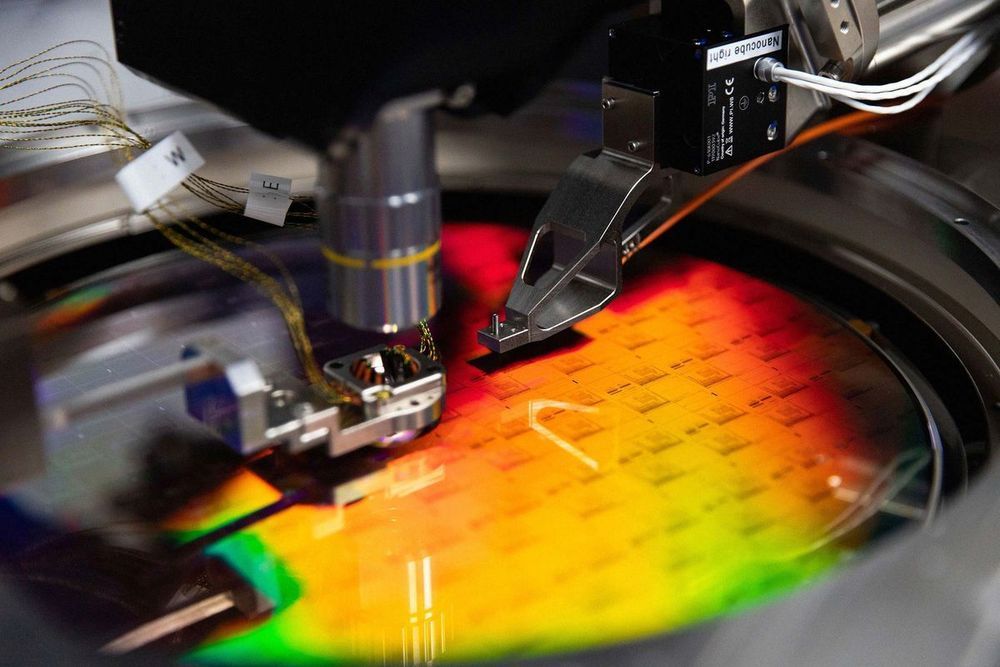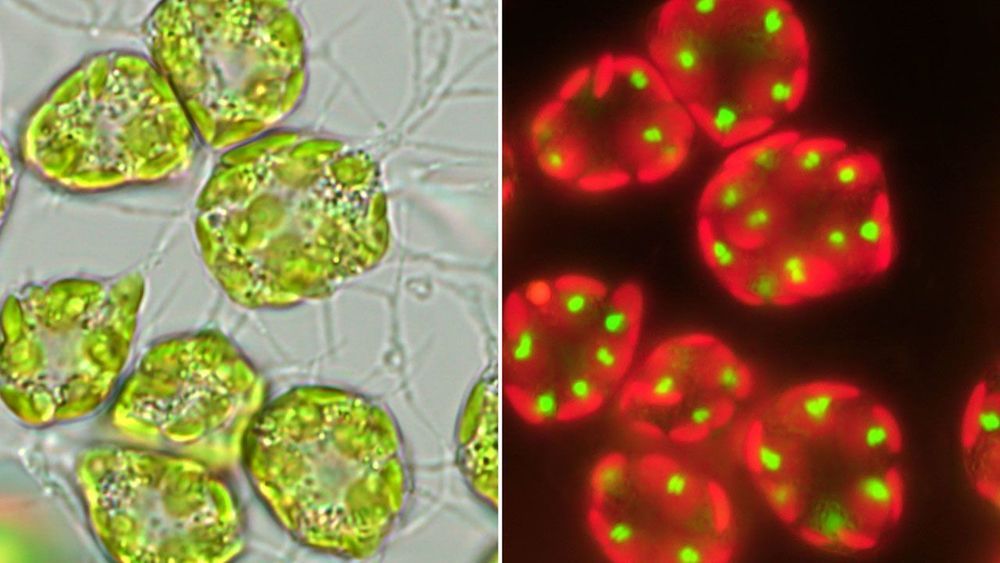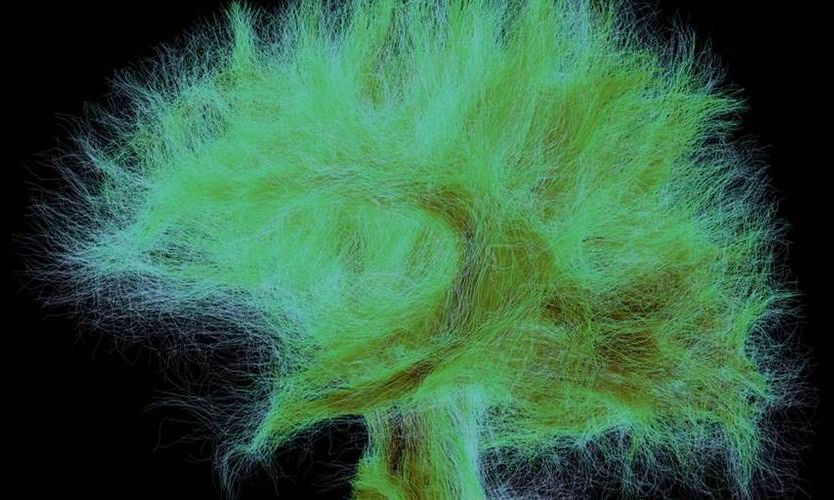Hey all! I have recently made a video on how rich humanity can get from asteroid mining and how humanity can potentially eradicate poverty if it were to begin asteroid mining efforts. I have posted a link to the video here. If you find it worthy, please consider liking and subscribing!
Ever dream of becoming a billionaire? Well, believe it or not, space is the way to get rich. With billions of dollars worth of metals in each asteroid, asteroid mining is one of the most lucrative way for humanity to gather material resources. In this video, I talk about how humanity can potentially use asteroid mining to eradicate poverty and possibly make every single person alive rich.
Please like and follow our facebook page at: https://www.facebook.com/The-Futurist-Tom-104401617815917
For business inquires, please contact [email protected]






